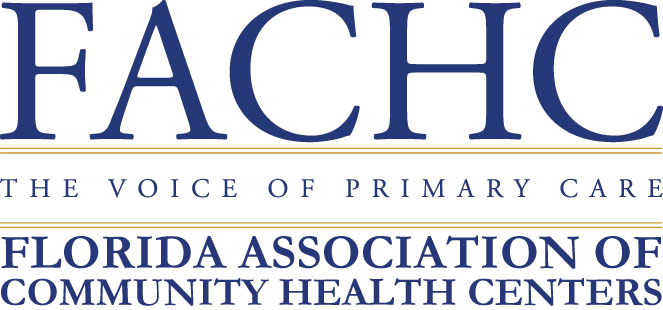Originally posted on Stanford Social Innovation Review by Laurie Michaels.
By creating mechanisms to efficiently plan for uncertainty, philanthropists can ensure that they maintain forward momentum and keep their impact on track.
Many well-conceived programs and initiatives encounter roadblocks to success. Open Road Alliance partners with high-achieving nonprofit organizations to turn unforeseen circumstances into positive impact.
I began considering the concept of Open Road Alliance two years ago. At the time, I was astounded by the number of stories I heard about worthwhile projects that halted because the nonprofits running them couldn’t find relatively small amounts of funding to overcome unanticipated and sometimes unavoidable obstacles. In one case, a childhood vaccine developed by a medical nonprofit in the United States couldn’t roll out in a large African country, because the nonprofit couldn’t raise an extra $40,000 to ensure legal compliance in Africa. As a result, millions of children did not receive the vaccine for several years. In developing my own philanthropic strategy, I decided to look for projects like this one, where modest amounts of money could break through barriers and leverage huge impact.SSIR x Bridgespan: Giving That Gets ResultsGiving That Gets Results is an eight-week series of voices from the vanguard of giving. Philanthropists and foundation executives share how they are adapting their strategies, aiming for results, and measuring their impact to learn and improve. #givesmart
I was also interested in whether this kind of funding issue was common or rare in the nonprofit world. I have now talked with dozens of nonprofit leaders and global philanthropy experts, and so far all of them recognize this funding shortfall as endemic. Especially in the developing world, many events can throw a project off track—increases in tariffs, changes in laws and regulations, drought and floods, the unanticipated complexities of training local people in new skills and traveling to extremely remote areas. Because complex projects begin months and years before organizations roll them out, many on-the-ground issues are not apparent until a project starts.
My funding strategy allows me to intervene at inflection points when a one-time gift allows a worthy project to continue. Another crucial feature of these gifts is speed. The application is short, the vetting process with established partners is generally by conference call, and the money reaches the nonprofit within two weeks of approval. In a year and a half, Open Road has made gifts to 17 projects in 9 countries in amounts ranging from $16,000 to $100,000. I am pleased with the results and pleased with the leverage I have achieved by investing my dollars against hundreds of thousands, even millions, of dollars already invested by other major donors.
In addition to enjoying the direct impact of my investments, I’ve also focused on exploring the core of the problem: Why do nonprofits need this money in the first place? Almost all nonprofits, no matter how rigorous their programming, fear losing funding if they report a problem. And unless a grantee has a very strong bond with the funder, this is a valid concern, since in general funders do not tolerate bad news well. As a result, the relationship between many funders and nonprofits fosters surface congeniality and masks potential problems. Rarely does either side initiate an honest conversation about how to handle unforeseen obstacles that could delay or run the project over budget. Nonprofits will even gloss over the issue of paying for overhead if it seems inconvenient because the funder wants all the money to go to programming. The nonprofit needs the grant too much to push these issues.
Institutional barriers embedded in most foundations also prevent them from getting funds to their grantees quickly, especially since the majority of foundations do not give funds outside of a designated grant cycle. Those that are willing to process additional requests have no procedures for acting swiftly enough to do much good, and very few grant makers set aside extra funds in the budget to cover unforeseen risks for their beneficiaries. Program officers who understand the issues can also encounter these internal constraints.
In an industry guided by the pursuit of return on investment, allowing a minor financial shortfall to put an entire project in jeopardy is plainly bad business. When grantors cut off funds due to a genuinely unavoidable event or an unforeseen need, they are endangering the fulfillment of their own goals and limiting the return on their own investments. A more effective approach would be for grantors and nonprofits to commit to talking openly about collaborative solutions should a project encounter an unforeseen barrier.
Risk and uncertainty are inherent in the work that nonprofits do. By embracing this reality and creating mechanisms to efficiently plan for uncertainty, funders can ensure that they maintain forward momentum and keep their impact on track. Although Open Road actively searches for these kinds of catalytic opportunities, we really shouldn’t be able to find them as readily as we do. My hope is that other philanthropists take note and build more flexibility into their systems, encourage dialogue with their own grantees, and, over time, put me out of business.









